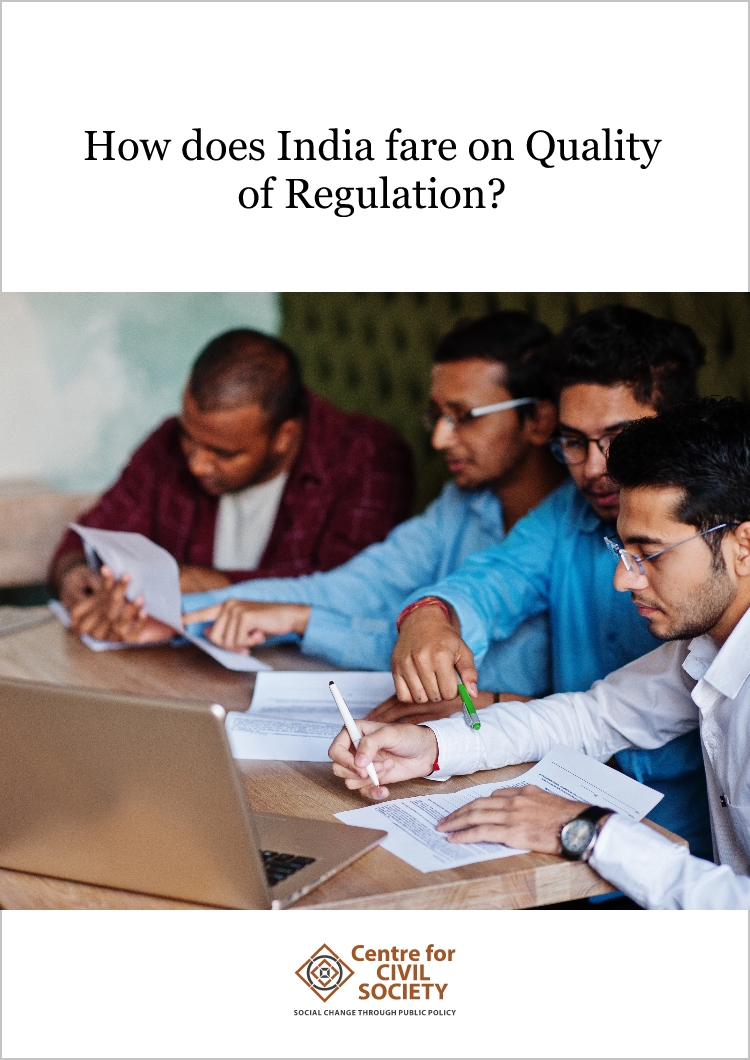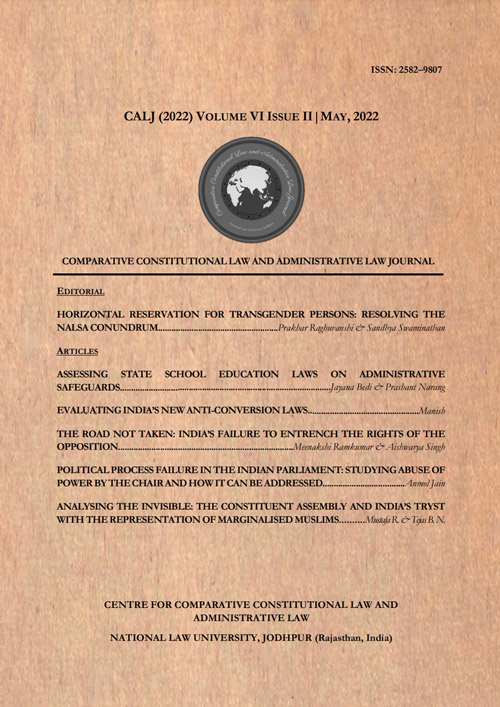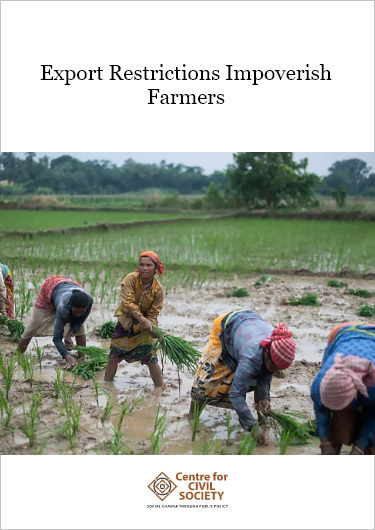Forthcoming issue of the Journal of Indian Law and Society, 11 December 2019
Regulation takes different forms in India. There are ordinances and statutes by the parliament or state legislatures; rules, circulars, orders, and schemes by executive agencies; and orders by the courts. As is commonly known, rule-making in our country is disorganised with new rules added on the fly, without review of existing regulation. The public consultations are rarely transparent. Consideration for costs and benefits, compliance burden, or regulatory coherence is a rare phenomenon. Our latest paper titled ‘How does India fare on Regulatory Hygiene’ is the first in a series of papers that will capture the lack of quality of regulation in India and suggest reforms. In this paper, particularly, we lay out India’s performance on global best practices on rule-making hygiene. Below is a summary of the findings.
Why should India care about regulatory hygiene?
India scored 3.5 out of 5 on the World Bank’s Global Indicators of Regulatory Governance (GIRG). Not surprisingly, a country’s performance on GIRG is closely tied to the Bank’s Doing Business rankings. 43 out of the top 50 countries in the doing business rankings score substantially higher than India on GIRG. These countries mandate rigorous measurement of regulatory costs and benefits, conduct public consultations, and periodic fitness check of rules on the books.
We argue that our aspiration to enter the ranks of top 50 on World Bank’s Doing Business index will only come once we move up on the governance reforms and institutionalise hygiene in our rulemaking process.
How does India fare on Regulatory Hygiene?
We examine how India performs on 5 parameters of regulatory hygiene:
- Impact Assessment: Government of India and state governments do not measure the potential impact of regulations on entrepreneurs, enterprises or consumers. In the absence of ex-ante impact assessment, the government relies on anecdotes or lobbying, resulting in lopsided or reactive regulatory responses. Despite recommendations by multiple committees and a policy on pre-legislative impact assessment and consultation, government agencies do not conduct impact assessments.
- Public Consultations: In India, there is no law that binds the government to consult the public before the enactment of a law, publish comments, or report the results of the consultation. As a consequence, the practice of soliciting comments and reporting on the results of public consultation is largely superficial. Only select ministries report on the results of consultation.
- Language of drafting laws: India has, unfortunately, remained untouched by the plain English movement, initiated in several other parts of the world. The movement emphasises on simplifying language, decreasing complexity of laws, and consequently increasing their accessibility. Aside from a select few instances such as the ‘plain and simple’ technique of Indian Financial Code, most laws remain difficult to understand and out of reach for a majority of the population.
- Ex-post review: An ex-post review ensures that any rule-set, after enactment, remains fit for purpose, cost-effective, and efficient. The GIRG asks four questions on post-legislative reviews, and India’s response to all is ‘NO’. India has currently over 850 Acts at the central level alone, many of which are redundant or archaic. Over the last five years, the union government has repealed 1,428 central Acts. While these initiative to repeal is a positive development, it is necessary that we put in measures to ensure that every Act, by design, is reviewed at a scheduled interval for its intended and unintended consequences.
- Oversight on subordinate legislation: Most central and state acts subordinate rulemaking to the executive body, i.e., the state or central government. Through the use of judicial scrutiny, public consultations, and parliamentary reviews, the state ensures that delegated legislation does not exceed the scope of the parent Act. If this scrutiny on delegated powers is compromised, the doctrine of separation of powers between the executive, parliament and legislature that ensures that no one branch holds excessive power, is compromised.
While the Supreme Court of India has argued that the parliament maintains ‘strict vigilance and control’ over delegated legislation, research reveals that parliamentary control of delegated legislation is weak.
As evident from the lack of method in our rule-making apparatus, we are not prepared to cope with the demands of a fast-growing, largely informal and diverse enterprise environment. The political class and bureaucrats continue to favor minor tweaks as opposed to substantive reforms in the rulemaking process.
The convening of the Better Regulation Advisory Group by the Department of Industrial Policy & Promotion in February 2018 offered hope. The group was to report its findings within two weeks. However, one year and 10 months later, the findings of the committee are not published.
The ambitious goal of becoming a $5 trillion economy by 2025 can only be realised if the gaps in the rulemaking process are addressed. The approach of one good law at a time is no longer sufficient. The system should be redesigned such that every rule on the law book meets its objectives in the least harmful manner.
The paper will be published in the forthcoming issue of the Journal of Indian Law and Society.



